By: Connie Woodring
Focusing on homophobia and its violent consequences against gays by heterosexuals has been important for several decades, but violence within the gay community itself has been given much less attention. This article hopes to shed some light on the subject.
When one considers the high incidence of battering in gay relationships, one wonders if there are more love crimes than hate crimes in this population. David Island and Patrick Letellier, co-authors of Men Who Beat Men Who Love Them: Battered Gay Men and Domestic Violence, note that the likelihood of homosexuals being involved in domestic violence is twice what it is for heterosexual couples and that domestic violence is a primary health risk for homosexuals, ranking only behind AIDS for males, cancer for females and drug abuse for both.[1]
Obviously, violence against homosexuals is not confined to heterosexual perpetrators. Domestic violence also occurs in the gay community, but evidence of it is only beginning to be studied because statistics on gay and lesbian domestic violence have only been collected since 1987.
Discussing violence in the lesbian community has been, until recently, politically incorrect because many feminists have believed women are not violent unless really pushed and that they certainly would not raise a fist to their sisters. However, in her 1992 book, Violent Betrayal: Partner Abuse in Lesbian Relationships, Claire Renzetti notes that 47% of lesbian couples studied had experienced violent episodes,[2] and in 1996 a San Francisco study of six major U.S. cities found that violence occurs in 25-35% of all same sex relationships.[3]
My own personal experience in this area includes working in a shelter for abused women in the early 1980s. At that time, attempts to discuss how to address the problem of lesbian abuse and how best to serve that community provoked glazed over eyes, silence, or glares Although my treatment of gay men had been limited over the years, approximately 90% of my lesbian clients reported experiencing domestic violence at some point in their lives, and a few were even specifically coming to therapy for that issue. Considering the high number of heterosexual women who become involved in violent relationships as well, one wonders if a truly safe romantic relationship eludes most females. I counseled only three gay men clients, two of whom experienced partner abuse; the other was severely beaten by his homophobic cousin.
Domestic violence in the gay community mirrors heterosexual violence in many regards. Power, control, drug and alcohol abuse, low self-esteem and insecurities— all of these play a part in tearing relationships apart. In addition, however, homosexual violence takes on a more sinister face. Partners are often isolated from family and community. Counseling and other services may be unavailable. Homophobia and the added tactic of “outing” can prevent the victim from seeking help. Victims may have to choose between personal safety and keeping their job, for instance.
Getting protection from abusive partners is not easy to obtain for many gays. A common practice by police is to arrest both men when they get a gay violence call. Heterosexuals have the use of protection form abuse orders, but these are not available in all states for gays. (See www. abanet.ora/domviol. for more information.) Heterosexual women, who 40 years ago had no shelters and few protection measures under the law, often stayed in abusive relationships longer, causing greater danger to themselves and their children. For most gay couples this reality remains. In addition, a homosexual whose controlling partner has put all their assets in his name will lose everything if he leaves. An elderly lesbian who is too poor to live on her own has no rights to her partner’s pension. We can only hope the courts fully address these and other gay rights issues in the future.
Until our government, media, health facilities and social services recognize that violence against gays is not just perpetrated by heterosexuals, we will be doing a disservice to all gay people. Shelters, counseling and laws have to catch up and soon.
[1] David Island and Patrick Letellier, Men Who Beat the Men Who Love Them: Battered Gay Men and Domestic Violence (Binghampton, N.Y.: Harrington Park Press,1992)
[2] Claire Renzetti, Violent Betrayal: Partner Abuse in Lesbian Relationships (California: SAGE Publications, 1992.
[3] [ref]Linda P. Harvey, “Homosexuality/Bisexuality—Lesbians as Violent Partners?” Mission America. See www.missionamercia.comhomo14/htm.[/ref]
Connie Woodring is a retired therapist who is getting back to her true love of writing after 45 years in her real job. Her publishing history includes eleven poems, an article on domestic violence and two short story excerpts from her yet-to-be published novel, Visiting Hours.
Image: DOMESTIC VIOLENCE HURTS 023 altered, by ghetto_guera29 via flickr (CC BY-ND 2.0)

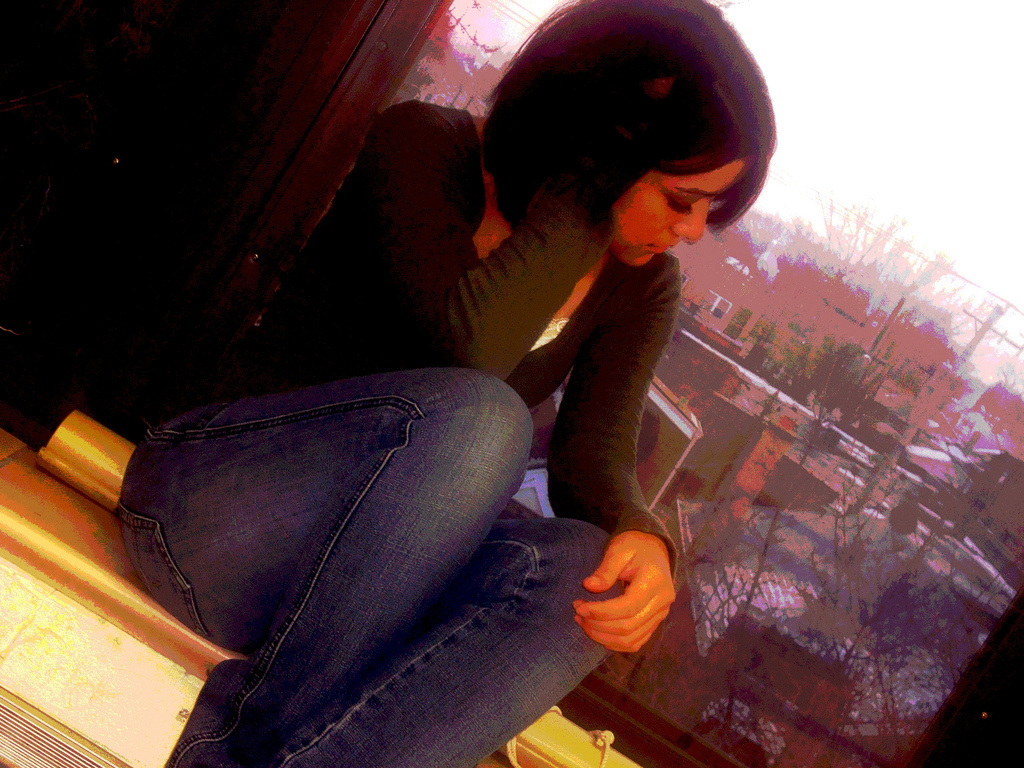
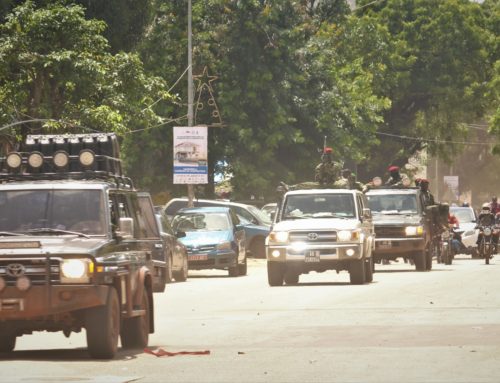
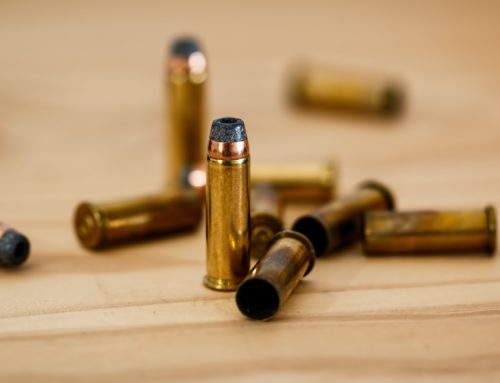

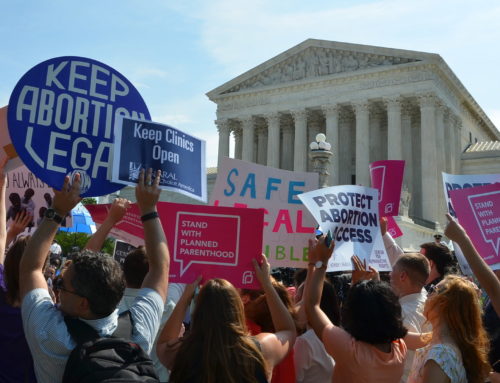


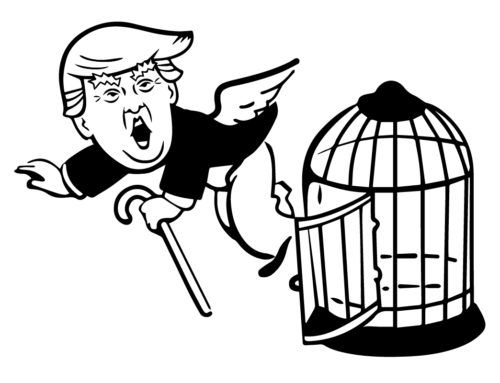
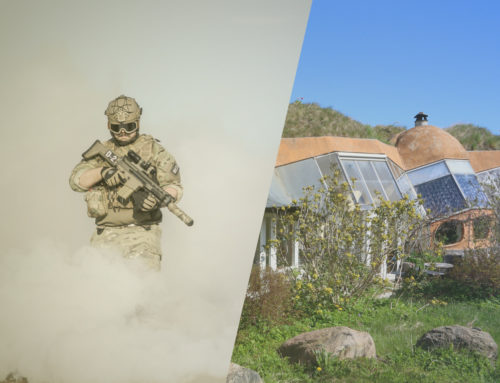
Leave A Comment